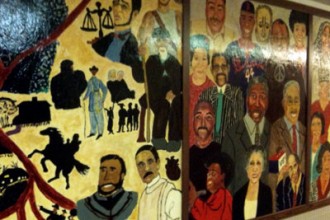The Maasai people of East Africa use a greeting when meeting people. They say “And how are the children? ” The expected response is “All the children are well.” But all is not well with our children in 2012.
On Feb. 28, over 400 people assembled in the Milwaukee Public Schools central office auditorium in response to a call to action following the recent shooting deaths of four young men, along with other acts of violence witnessed in Milwaukee.
City and county officials were present. The mayor sent a representative. The school board was on hand. But the speakers represented the front lines in the battle for the hearts and minds of our children.
Students, community, parents, teachers and administrators came forward with an array of ideas to begin to solve this overwhelming problem.
Students from Pulaski, Bradley Tech, Vincent, Groppi and other schools spoke of the need for adults to listen and to connect with young people and their problems.
They spoke of the value of the Violence Free Zone (VFZ) initiative employed in many of the high schools. The VFZ program brings groups like Running Rebels into schools during the school day to assist with addressing behavioral and other needs of students. Students asked for the expansion of the VFZ program including middle schools.
Students also called for expansion of the restorative justice work that is being done in schools and supported by the office of the District Attorney. A key practice in the restorative justice work is to hold “peace circles” where students talk through their problems, with adult supervision.
A long list of suggestions was made including holding peace rallies, increasing parent involvement in schools, a north and south side suspension center for chronic disruptors, Saturday suspension requirements, mentoring programs, volunteer programs, the return of music, art and gym, training for staff in cultural diversity and classroom management.
One speaker talked about special education students with severe behavioral needs. She proposed the creation of schools were these students could get on-site mental health and residential treatment through partnership with hospitals and mental health providers.
One thing that became apparent through the course of the discussion is that we must go beyond just addressing the behavior of young people. Behavior is a window into something deeper.
People talked about unemployment, the breakup of families, the drug economy, the school to prison pipeline, the loss of homes and much more.
The discussion was seen as just a first step in a process that is going to take the whole community to solve. School Board President Michael Bonds said he would soon call for another similar meeting to continue the discussion.
In a city where 56 percent of African-American men are unemployed and in a country where more African-American men are in prison than were enslaved in 1850, it is time for new thinking and new action.
Volunteer to get involved here.

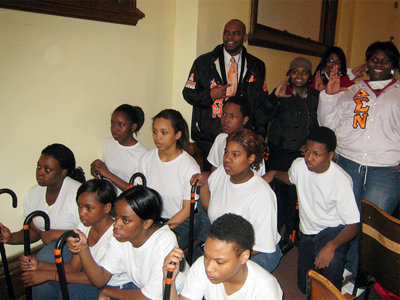
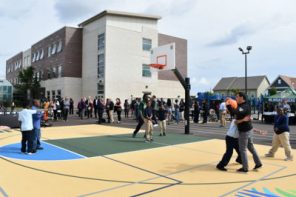 i evaluate to yes even if there's no image
i evaluate to yes even if there's no image 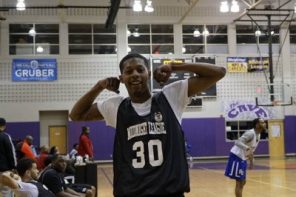 i evaluate to yes even if there's no image
i evaluate to yes even if there's no image  i evaluate to yes even if there's no image
i evaluate to yes even if there's no image 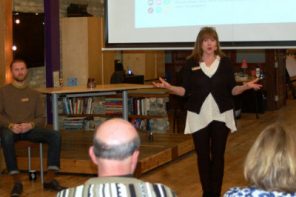 i evaluate to yes even if there's no image
i evaluate to yes even if there's no image 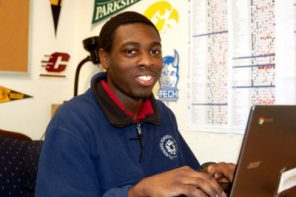 i evaluate to yes even if there's no image
i evaluate to yes even if there's no image 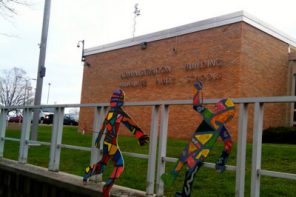 i evaluate to yes even if there's no image
i evaluate to yes even if there's no image 